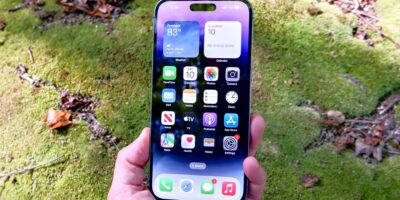
The iPhone 14 is the latest flagship phone released by Apple this year. It still closely resembles the iPhone 13 but has some new features, which we will look at.
In terms of storage space, they still retained the same tiers them being 128 GB, 256GB, and 512GB. The phone’s dimensions are also similar but slightly vary in thickness. The iPhone 13 was 0.29 inches, while the new iPhone 14 is 0.3 inches thick.
The iPhone 14 has an OLED 6.1-inch Super Retina XDR display screen with a contrast ratio of 2,000,000:1. It also has a haptic touch, True tone, Wide color, and HDR support.
Apple has hinted at moving to the USB-C for the iPhone 15. However, we still have the fast-charging Lightning port. Fast charging produces more heat which may be a downside as it reduces battery life.
The sim port is no longer a viable option for United States customers. Instead, it uses an eSIM which will require users to migrate. However, it still offers a SIM tray and supports twin eSIMs in the international market.
The biggest improvements to this latest iPhone lie in the cameras. It has a 12 MP sensor with an f/1.5 aperture and 1.9- micron pixels. It gives you better photos even in low light conditions and night mode.
The autofocus feature also eases focus on objects that might be far from you. Details and colors are also improved since Apple added the Photonic Engine.
There are minor developments in video-taking as it still has the 4k HDR in Dolby vision at 60fps. However, the cinematic mode has had a major boost in that you can now shoot in 4k HDR 30fps.
It also has inbuilt safety features such as crash detection, which senses up to 256g of force. It determines if one has had a car accident and works with the Apple Watch Series 8 to contact emergency services.
The iPhone 14 can also send an Emergency SOS via satellite. If you get stranded with poor network coverage, your phone can connect to a satellite tower to request assistance.


